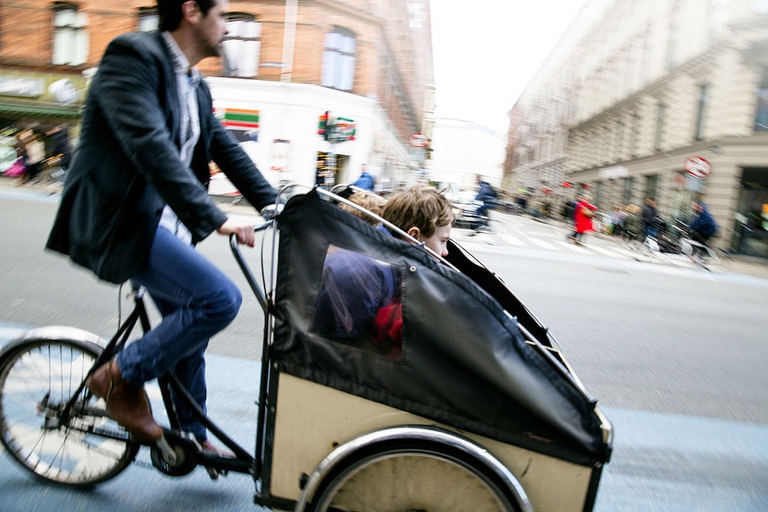
The World Forum on Urban Forests took place from the 28th of November to the first of December. More than 400 experts from 50 countries conversed with politicians, journalists and citizens to design the green cities of the future.
The 2015 Copenhagenize Index gives cities marks for their efforts and the results they’ve obtained in establishing the bicycle as a socially accepted form of transport: Copenhagen edges Amsterdam into first place.
Surprisingly, a few French cities have made it to the ranking: Strasbourg, which is new to the Copenhagenize Index, ranks achieves the fourth position, Nantes ranks seventh, Bordeaux eighth and Paris nineteenth.
There are other new cities on the 2015 Copenhagenize Index including Ljubljiana, that has entered the ranking by simply inspiring itself in some of the effective measures adopted by other cities, Buenos Aires by implementing a few measures, Vienna and the US city of Minneapolis.
There are also two Spanish cities: Seville that in the last few years distinguished itself through the promotion of bicycles and Barcelona that is heavily investing in bike infrastructure in order to become even more bike-friendly.
Dublin, which is revolutionising the way the means of transport are used by its citizens by heavily investing in pedestrian areas, ranked fifteenth. Italy hasn’t entered yet the Copenhagenize Index ranking, but the increasing changes introduced in some cities will certainly make Italy a good place where to use bikes.
Cities are given between 0 and 4 points in 13 different categories. There is also a maximum of 12 bonus points awarded for particular efforts or results, which are useful to highlight efforts that are ignored in the thirteen parameters. In the Copenhagenize ranking are chosen cities that have at least 600,000 inhabitants in the metro area, with the exception of some cities including Malmö and Ljubljana.
Siamo anche su WhatsApp. Segui il canale ufficiale LifeGate per restare aggiornata, aggiornato sulle ultime notizie e sulle nostre attività.
![]()
Quest'opera è distribuita con Licenza Creative Commons Attribuzione - Non commerciale - Non opere derivate 4.0 Internazionale.
The World Forum on Urban Forests took place from the 28th of November to the first of December. More than 400 experts from 50 countries conversed with politicians, journalists and citizens to design the green cities of the future.
Introducing plants into buildings to absorb CO2, eliminating indoor pollution and improving your mood. This is green architecture.
The Semìno project is a journey of discovery through different countries’ food habits, offering migrants employment opportunities and allowing us to enjoy the properties of vegetables from all over the world.
A few of the best ideas for rooftop farms from around the world. Where farm-to-table agriculture is becoming a key components of urban growth.
A great Amazon reforestation project has been agreed in Brazil, the largest in history. Will it endure the victory of Jair Bolsonaro’s far-right politics in the presidential election?
A million plants and 40,000 trees. Liuzhou Forest City, designed by architect Stefano Boeri, is set to be inaugurated in 2020 in the northern Chinese city.
Urban forests are the local answer to global problems. The benefits are numerous and affect many areas such as the climate, biodiversity, health, tourism.
Architects Stefano Boeri’s call to action on urban forestry asks planners all over the world to consider greening our cities as the core element of all projects.
The project is similar to New York’s famous High Line constructed on the railway that once connected the Meat Market to Midtown. But in the case of Seoullo 7017 in South Korea’s capital Seoul, a walkway has been constructed on an overpass dating back to 1970 where cars once sped along, and where today people can wander and enjoy the revitalised area. The Seoullo 7017








